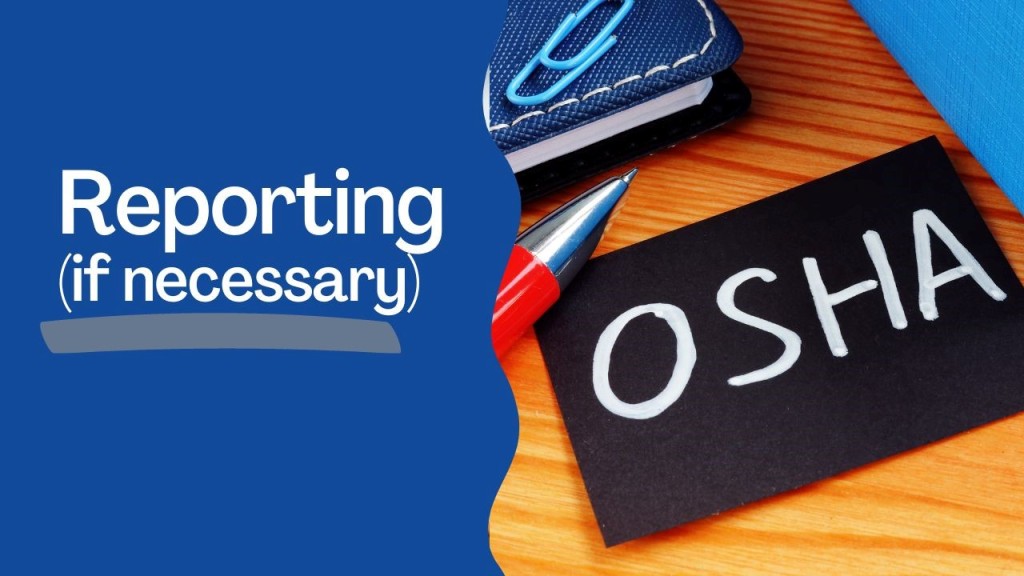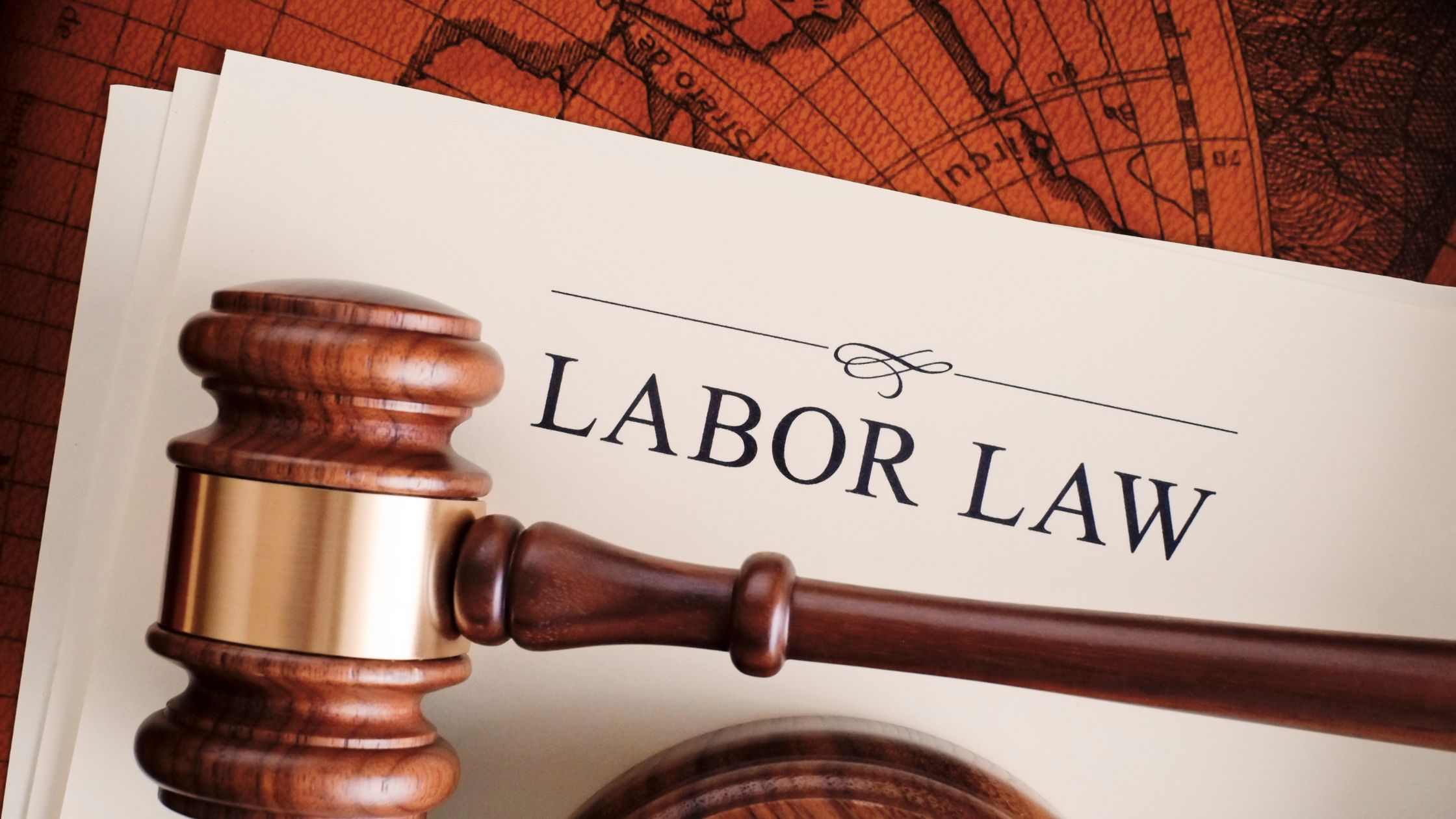7 Stages of Leading Through Grief
We all have this innate fear of the unknown – a reason death is unsettling. We may not be close to someone, but news of their passing will always leave you shocked, sad, and in denial, followed by a string of thoughts like “I was just talking to him this morning” or “she was young and healthy, how could this happen?”
If these thoughts and emotions have you stunned, think of those who held the deceased dear.
People cope with the pain of losing a loved one differently, but more often than not, most go through the seven stages of grief – shock, denial, anger, bargaining, depression, testing, and acceptance.
Still, as an employer, you don’t have the luxury to go through these steps save for shock and acceptance. Nonetheless, there are seven stages of leading through grief which you must take note of when an employee dies.

Communication is a crucial part of immediate response when an employee dies, both during and outside of work. If an employee of yours happens to pass away at work, start by contacting the deceased employee’s family or designated emergency contact person to inform them of their loved one’s death. It’s common to want to show support and share your sympathy with their family or loved ones. You can ask them about the details of the wake and funeral arrangements.
Afterward, you should make an announcement within your organization and notify clients or customers who were direct contacts of the deceased worker and encourage them to attend the funeral.

Extend emotional and monetary support to the bereaved family. It would be helpful to ask them how much and what kind of aid they need or are comfortable receiving. Here are some you may want to consider:
• Send flowers
• Organize a special or lasting tribute or memorial
• Cash aid
• Food contributions for a luncheon or dinner gathering

If the employee was killed on the job, you must report it to the Occupational Safety and Health Administration (OSHA) within eight hours. Remember to prepare and supply the following information:
• Business name
• Names of employees affected
• Location and time of the incident
• Brief description of the incident
• Contact person and phone number

It’s hard enough, as it is, to work in an environment enveloped by gloom, whether or not you’re acquainted with the deceased. It is tougher for people who knew the employee as more than just a co-worker, but as a friend and/or extended family member. This can affect their morale, mental health, productivity, and performance.
In times like this, you must be ready to show your staff members that you acknowledge and understand the pain and help them “make sense of loss.” Of course, leadership’s role in guiding their employees through their grief is limited, so your next step is to provide them access to grief counselors who can help them process the loss and make it through the acceptance stage.

You could lose an employee in different ways: resignation, retirement, and the most heartbreaking and unexpected of all – death.
As opposed to retirement and resignation, an employee’s death is not something you can prepare a replacement for ahead of time.
However, if you have a succession plan, you can minimize the blow on productivity since someone from within the organization has been trained to take on the previous role of the deceased.
You can also keep the business moving by reassigning and distributing work to the rest of the team while searching for the perfect candidate for the job.

Offboarding signals your intent to move forward from the loss and makes it easier for other employees to make it through acceptance. This stage involves a reset and paves the way for a fresh start for the new employee and those with whom the deceased’s memory lives.
It may include:
• Updating your organizational chart and directory;
• Cleaning the work area;
• Returning any personal items to the family;
• Recovering company assets like a laptop, phone, keys, ID card, building access card, business cards, etc.;
• Disabling the deceased’s computer access, phone extension, security codes, email, and software accounts.
Be sure to document the whole process and have a checklist ready.

The last and most crucial stage of leading through grief is ensuring you give the employee’s family or beneficiaries what’s due to them. To do so, you need to check any applicable federal or state laws and company policies.
Here are a few considerations you must make during payroll and benefits processing.
1. Wage Payment
Any paycheck due or owed at the time of the employee’s death should be issued in the name of either the deceased’s beneficiary or estate. Check with the family and keep lines open with the beneficiary or estate administrator.
Regarding taxes, final wages paid within the calendar year when the employee died are not subject to Federal Income Tax Withholdings (FITW). But, they are subject to taxes under the Federal Unemployment Tax Act (FUTA) and social security and Medicare taxes (Federal Insurance Contributions Act).
Wages paid the year after the death are exempt from FUTA taxes, and FIT and FICA are not withheld.
These rules apply to federal taxes, so check your state’s laws for state withholding requirements.
2. Unused Paid Time Off
The remaining leave credits of the workers should be handled according to applicable state laws or, in the absence of the latter, the company policies.
3. Death Benefits
For FITW purposes, employer-sponsored death benefits must be treated as income. Meanwhile, those paid under a plan to the dependents because of death are exempt from FICA and FUTA.
These benefits are reportable on Form 1099-R (if paid within the same calendar year as the death) or 1099-MISC (if paid after the year of the employee’s passing).
4. Health Insurance
Send a notice of the death to the plan administrator within 30 days of such an event.
An employee’s death is covered by the Consolidated Omnibus Budget Reconciliation Act of 1985 (COBRA). This allows the employee’s qualified beneficiaries to temporarily continue their health coverage at group rates. You should notify them and make this offer within 14 days of the employee’s death.
It’s going to be a difficult and tedious process before the company can recover — emotionally and operations-wise – from the loss.
If you think of it this way, organizations have nine stages of grief – shock, acceptance, and the seven stages we’ve just enumerated. As a business leader or someone from the management, you have to be on your toes from day one to keep the business going and support the team.
Your employees will get through the loss with your help, but who will be there for you?
We’re here to help you make things bearable and speed up the process. Give Payroll Solutions a call, and we’ll offer more than just a pat on the back.







